Workplace Environment
Basic Approach
In order to ensure a fair and open corporate culture and contribute to the growth of our customers and society, it is important to create an environment in which every employee—the primary actors in our activities—is able to work actively with a sense of job satisfaction and ease of work. As the mobility of human resources increases, providing attractive workstyles and systems for employees will help to secure talented human resources. We aim to enhance corporate value by providing a comfortable work environment and ensuring the health and well-being of our employees.
Daifuku Group Health and Productivity Management Declaration
In view of the importance of the physical and mental health of employees, we adopted the Declaration of Group Health Management in April 2018. We are implementing various health promotion policies and organize events based on health issues toward creating a more stimulating and healthy workplace environment.
- Daifuku continuously promotes activities to maintain and increase the physical and mental health of its employees. Considering the health of all associates is fundamental to the sustainable growth of our business.
- Daifuku strives to provide comfortable and hygienic workplace environments with the aim of raising the quality of the work and the lives of each employee.
- Daifuku, led by the Mental and Physical Health Promotion Committee, a company-wide organization encompassing corporate and industry medical practitioners and public health nurse and labor unions, promotes raising health awareness and the work-life balance of its employees by implementing health promotion measures.
Promotion System
In order to create a comfortable and rewarding work environment, the following two cross-company committees have been established.
Workstyle Reform Committee
We established the Workstyle Reform Committee in fiscal 2017. Labor and management cooperate in activities to reduce overtime work and encourage employees to take paid leave with the aim of improving productivity and achieving work-life balance. In addition to three cross-business unit subcommittees for sales and engineering, manufacturing and design, and installation and service job categories, the Corporate Functions subcommittee has been established directly under the Committee to improve issues and share information according to the characteristics of each job category.
Please enlarge the screen to view
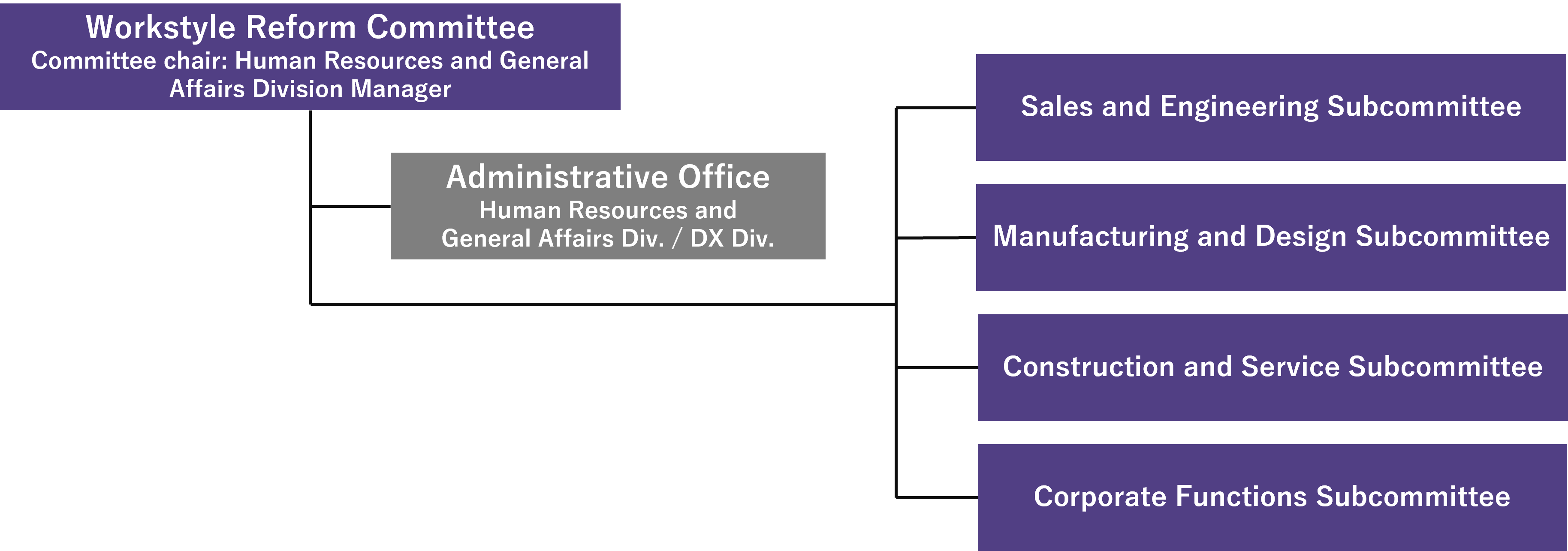
Mental and Physical Health Promotion Committee
In fiscal 2006, we established the Mental and Physical Health Promotion Committee, a Group-wide, cross-departmental organization that includes the company, occupational health physicians, public health nurses, the health insurance union, and the labor union, and we formulated a medium-term action plan to continue our efforts to advance our health and productivity management. We mainly plan events and promote various measures to encourage improvement in the physical and mental health of our employees.
Please enlarge the screen to view
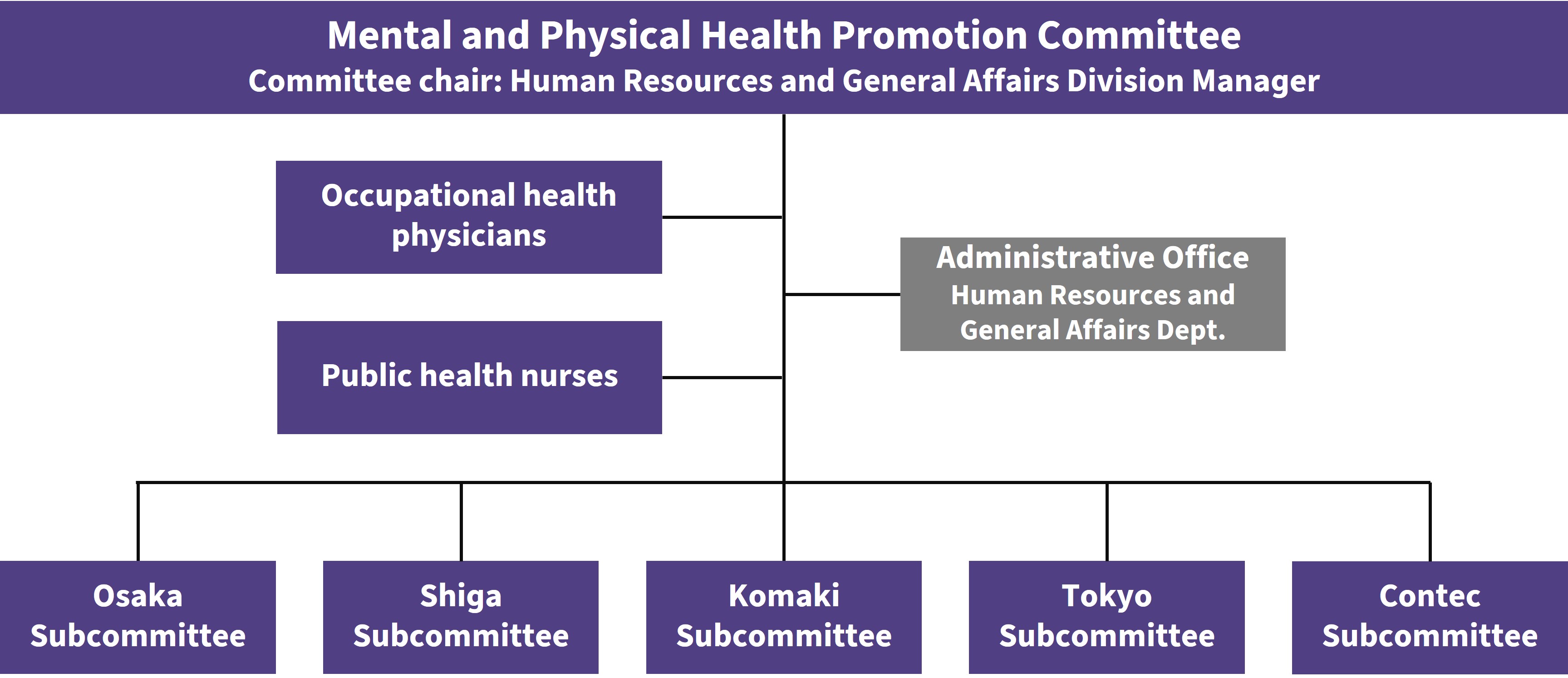
Major Initiatives
Workplace environments that motivate employees
Employee engagementKPI
We define employee engagement as being satisfied with one’s job, feeling an ease of work, and achieving a career in which employees and the company can grow together, and we aim to improve each of these elements. We have set improvement of employee engagement as a new priority topic within our long-term vision, Driving Innovative Impact 2030, and the four-year business plan for 2027. our KPIs for this priority topic are to attain a positive response rate of more than 60% for domestic Group companies (fiscal 2026) and score above the national average in each respective country for Group companies outside of Japan (fiscal 2026). We will further expand the scope of companies surveyed during the period of the four-year business plan to develop our efforts more globally. The purpose of the engagement survey is to visualize the current state of the organization, identify issues, and implement remedial measures. It is essential to understand differences between countries and regions and to uncover issues that must be address in order to attain future continuous growth. We will continue to make efforts in collaboration with our business units to improve employee engagement across the Group.
| FY2023 | FY2024 | |
|---|---|---|
| Employee Engagement Survey* | Group companies outside of Japan Job satisfaction: 70%, ease of work: 76% (percentage of positive responses) |
Daifuku (non-consolidated) Job satisfaction: 56%, ease of work: 51% (percentage of positive responses) |
- *Measured using an external consulting firm's engagement survey. We compared the average scores for job satisfaction and ease of work as well as the results from the previous survey for corporations both within and outside of Japan and performed an analysis based on 12 indicators.
Workstyle reform
Our approach to workstyle reform is to strive to improve engagement through the following action policies: (1) implement initiatives based on a review of engagement survey results, (2) promote work-life balance, and (3) realize flexible work styles based on the characteristics of each job type. In the eight years since the Workstyle Reform Committee was established, the average monthly overtime hours have decreased by approximately 30%, and the paid leave usage rate has also increased by about 30%.
FY2024 major initiatives
- Utilize mobile work and remote work systems
- Improve operational efficiency through electronification and integration of information using digital technology
- Encourage employees to take paid leave by visualizing paid leave plans and results
- Implement measures to improve employee engagement (promote communication between supervisors and subordinates through morning meetings, etc.)
- Implement training for managers on improving workplace issues, and more
Remote work system
In fiscal 2021, we officially introduced a remote work system at the company. This system can be used to improve work efficiency, productivity, and work-life balance.
Enhancement of systems for diverse workstyles
To improve the quality of work and life of all employees and enable the sustainable development of the Group, we are promoting initiatives toward work-life balance. In accordance with revisions to the Labor Standards Act and the Act on Childcare Leave/Caregiver Leave, as well as the enactment of the Act on the Promotion of Women’s Participation and Advancement in the Workplace, we are revising our personnel system to accommodate diverse workstyles and promote their use.
For an overview of benefits, please refer to this page (Japanese only)
Main systems
| System | Content | |
|---|---|---|
| Employee refreshment | Flex-time system | We introduced a flex-time system to increase time consciousness through self-management, improve efficiency and productivity, and promote work-life balance. |
| Leaving work on time | We designate every Wednesday as Health Day and encourage employees to leave work on time. We promote this through internal communications and regularly checking offices. | |
| Planned paid leave system | We encourage employees to take three days of paid leave (five or more continuous days including the weekend) between June and September every year. We monitor paid leave at the company with the union and aim for 100% acquisition rate. | |
| Long leave system | We have introduced a long leave system so that each employee can take a maximum of 60 accumulated days of leave for volunteer activities, treatment of non-occupational injuries, childcare, family care, and nursing care. | |
| Refreshment leave | We grant 20 continuous days of leave, including Saturdays and Sundays, to employees that turn 50 years old so that they can temporarily leave their work, design their future life plan, and return refreshed to their work. | |
| Childcare support | Childbirth leave | Up to 6 weeks before childbirth (14 weeks for multiple pregnancies) and 8 weeks after childbirth. |
| Parental leave | Up to 2 days when the employee’s spouse gives birth | |
| Childcare leave at birth (postnatal paternity leave) | Up to 28 days in two separate periods within 8 weeks of the employee's spouse's childbirth. | |
| Childcare leave | Up to the end of the month in which the child turns 1 year old. (It is possible to extend the term up to 1 year and 6 months of age if daycare service is unavailable. The term can be extended up to 2 years of age if daycare service is still unavailable at the 1 year 6 months point.) | |
| Early return to work support system | For employees who make an early return to work (within 11 months of the child's birth) after childbirth or childcare leave, provision of financial assistance for childcare services used for children under 1 year of age. | |
| Shortened workday system | May be used when an employee is raising a child who has not yet graduated elementary school (or a flex-time system with no set core time can be applied). | |
| Nursing and childcare leave | Can be used for caring for children when ill, children's medical appointments, and participation in school events. Up to 5 days per year for one child and 10 days per year for two or more children who have not yet graduated elementary school (can be used in full-day or hourly increments). | |
| Job return entry system | For employees who have retired for reasons of childcare, the company offers opportunities for re-employment under certain specific conditions. | |
| Other | We offer a system to support the cost of babysitting services, childcare facility enrollment support service, and welfare outsourcing services. | |
| Support for family care | Caregiver leave | A maximum of 1 year is available to provide care for a family member. |
| Shortened workday system | For employees who are caring for a family member, a shortened workday program can be applied for up to three years (otherwise, a flex-time system with no set core time can be used). | |
| Family care leave | 5 days per family member requiring care. 10 days if the employee has 2 or more family members requiring care (earnings in full day or on an hourly basis are possible). | |
| Job return entry system | For employees who have retired for reasons related to family health care, the company offers opportunities for re-employment under certain specific conditions. | |
| Remote work system (based on caregiver leave regulations) | Employees may work at home for up to one year for each family member requiring nursing care. |
Support for balancing work with childcare and nursing care
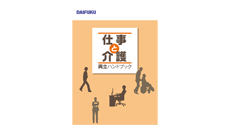
Handbook for Balancing
Work and Nursing Care
To support employees who are raising children or caring for family members while working as well as those who may do so in the future, we publish easy-to-understand content on our internal network about company systems that support a healthy work-life balance and how to use them. We have prepared a Maternity Leave Handbook, a Handbook for Balancing Work and Nursing Care, and a Guidebook of Support Systems for Nursing Care, all of which can be accessed at any time. In fiscal 2024, we conducted an e-learning course for employees who turned 50 years old on the basics of balancing work and caregiving.
Practicing health management
We are working on a variety of measures having identified health issues and visualized the means and specific initiatives to solve them. In terms of lifestyle improvement and disease prevention, we set KPIs and aim to achieve our targets.
Strategy map of health management
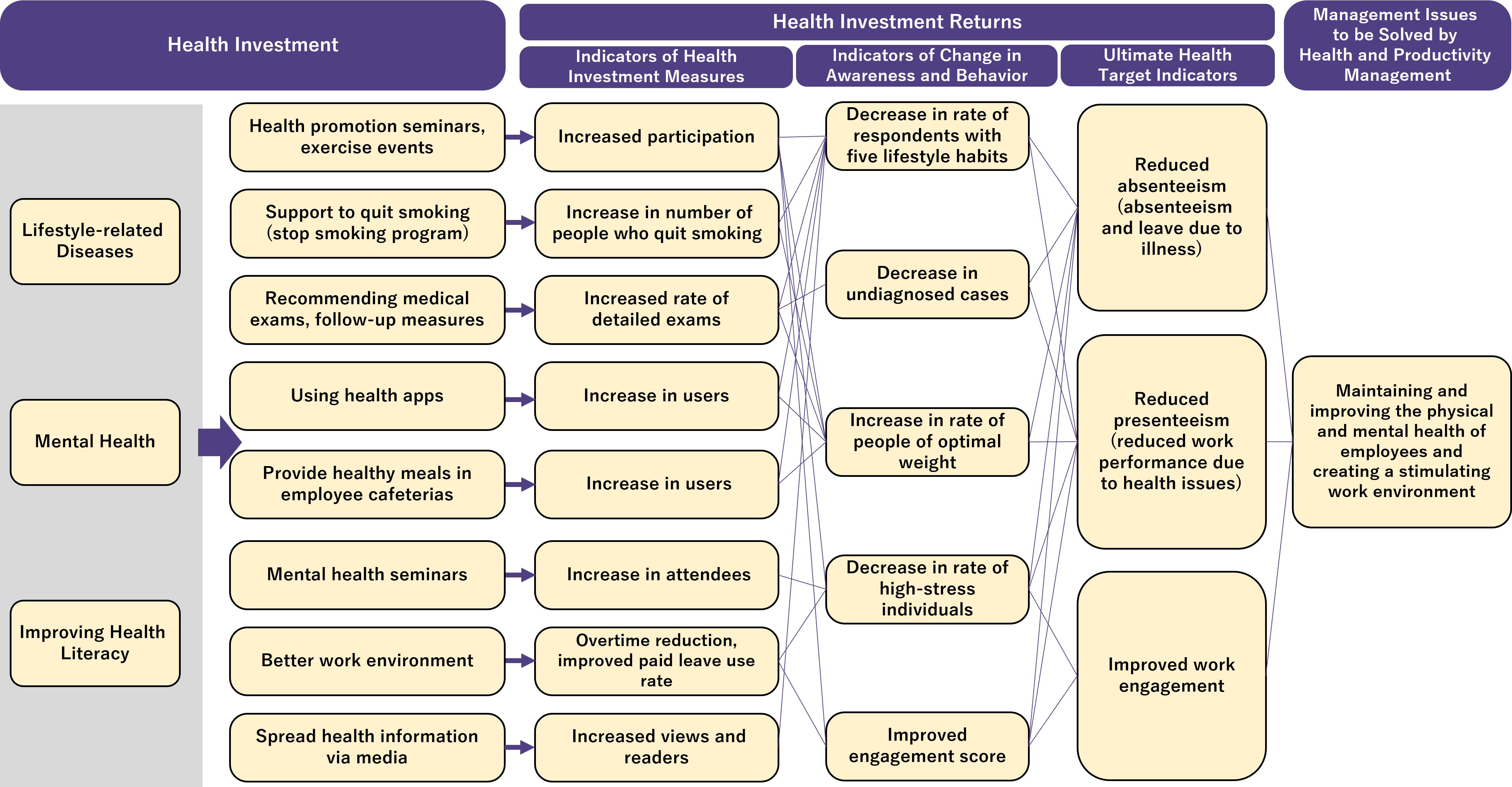
| Major initiatives | Details |
|---|---|
| Prevention of lifestyle-related diseases and cancer |
|
| Prevention, early detection, and return-to-work support for mental health problems |
|
| Early detection and prevention of serious dental cavities and periodontal disease |
|
| Support to quit smoking |
|
| Measures against infectious diseases |
|
KPIs for lifestyle improvement and disease prevention
| FY2021 | FY2022 | FY2023 | FY2024 | FY2025 (targets) |
|
|---|---|---|---|---|---|
| Rate of people staying at optimal weight* | 64.8% | 64.3% | 64.8% | 63.4% | 68% or higher |
| Rate of habitual exercise | 22.6% | 25.3% | 25.4% | 25.9% | 30% or higher |
| Adequate rest through sleep | 68.4% | 69.7% | 68.7% | 68.3% | 70% or higher |
| Rate of regular health check-ups | 100% | 100% | 100% | 100% | 100% |
| Rate of full medical exam (secondary exam) | 71.2% | 69.3% | 66.7% | 68.9% | 100% |
| Completion rate for health care instructions | 44.7% | 47.2% | 56.9% | 55.5% | 50% or higher |
| Rate of persons with lifestyle diseases | 62.7% | 59.2% | 61.3% | 60.6% | 55% or less |
| Alcohol consumption habits | 55.5% | 54.9% | 54.5% | 68.3% | 52% or less |
| Rate of smokers | 25.2% | 24.8% | 24.4% | 23.8% | 22% or less |
- * BMI between 18.5 and 24.9
Coordination with occupational health physicians and public health nurses
Occupational health physicians and public health nurses meet with employees at the company with findings from the results of regular health checkups to provide health counseling and guidance. For employees at offices throughout Japan and stationed outside of Japan, public health nurses conduct individual interviews online to provide consultation on lifestyle and health issues. Moreover, for the purpose of early detection of employees with mental health problems, all transferees, assignees, new employees, and mid-career hires are interviewed by public health nurses, giving them an opportunity to talk about any worries or anxieties they may be experiencing at their new workplaces.
Raising awareness for better health
Lunch walks
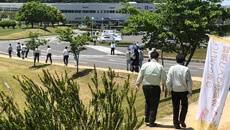
Walking events that use trails within the facility premises are held at Shiga Works twice a month during lunch breaks. A total of 4,972 people (non-unique) participated in fiscal 2024. Various walking events are also held at other locations.
Seminars and events
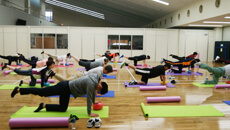
Every year, we hold company-wide development seminars related to lifestyle improvement and disease prevention. In addition, each of our locations organizes and holds a variety of events with the intention of establishing exercise habits among employees.
Release of the Mental and Physical Health Promotion Committee website
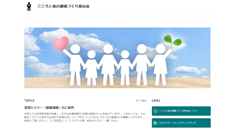
We have released a website for our Mental and Physical Health Promotion Committee on our internal network. This website aims to disseminate health-related information as well as company initiatives to Group employees in Japan.
Addressing health issues specific to women
We have begun a health support initiative for female employees as a way to further enhance the quality of health management and improve the long-term utilization and engagement of human resources. With regard to systems, the coverage of purposes for which unused paid leave may be used has been expanded to include fertility treatment, medical visits during pregnancy, nursing care and childcare for children of elementary school age or younger, and treatment for menopausal symptoms. Additionally, the term “menstrual leave” was changed to “care leave” in order to improve presenteeism by lowering the psychological hurdle for taking this leave.
Improvements in working environment
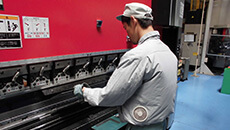
As part of our measures to prevent heatstroke and improve working conditions, we have introduced air-conditioned clothing for and distribute sports drinks to our manual operation workers, and we are applying light-shielding and heat-resistant film at our facilities.
Massage rooms
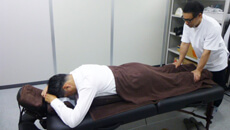
We have set up massage rooms for employees with the aim of promoting health by focusing on recovering from fatigue and alleviating stress. We also have in-house physiotherapists available for employees to use in an effort to expand the employment of people with disabilities.
Freedom of association and collective bargaining
The Daifuku Group recognizes and supports the freedom of association and the exercise of collective bargaining rights by our employees. The Daifuku Labor Union (formed in February 1948) covers all domestic employees apart from managers and those who are stipulated in the labor-management agreement. As of December 31, 2024, there were 2,970 union members, and the unionization rate of employees is 77.8%.* Since the union was formed, labor-management relations have been very amicable, with management and labor union representatives holding regular consultations as well as cooperating together in efforts to develop Daifuku’s business.
- * Calculations include Contec Co., Ltd.
Please enlarge the screen to view
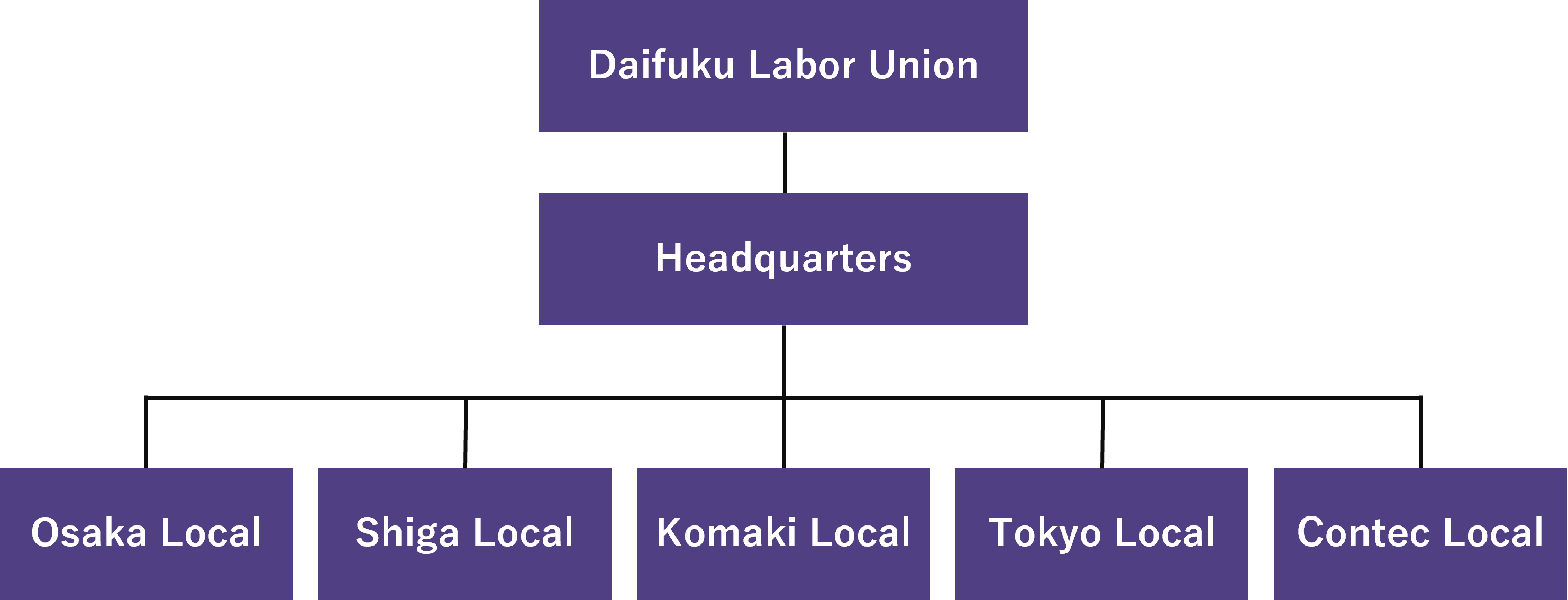
Major labor-management talks (FY2024)
| Times held | Main issues | |
|---|---|---|
| Regular labor-management talks | 12 |
|
| Extraordinary labor-management talks | 3 |
|
| Labor-management special committees | 11 |
|
